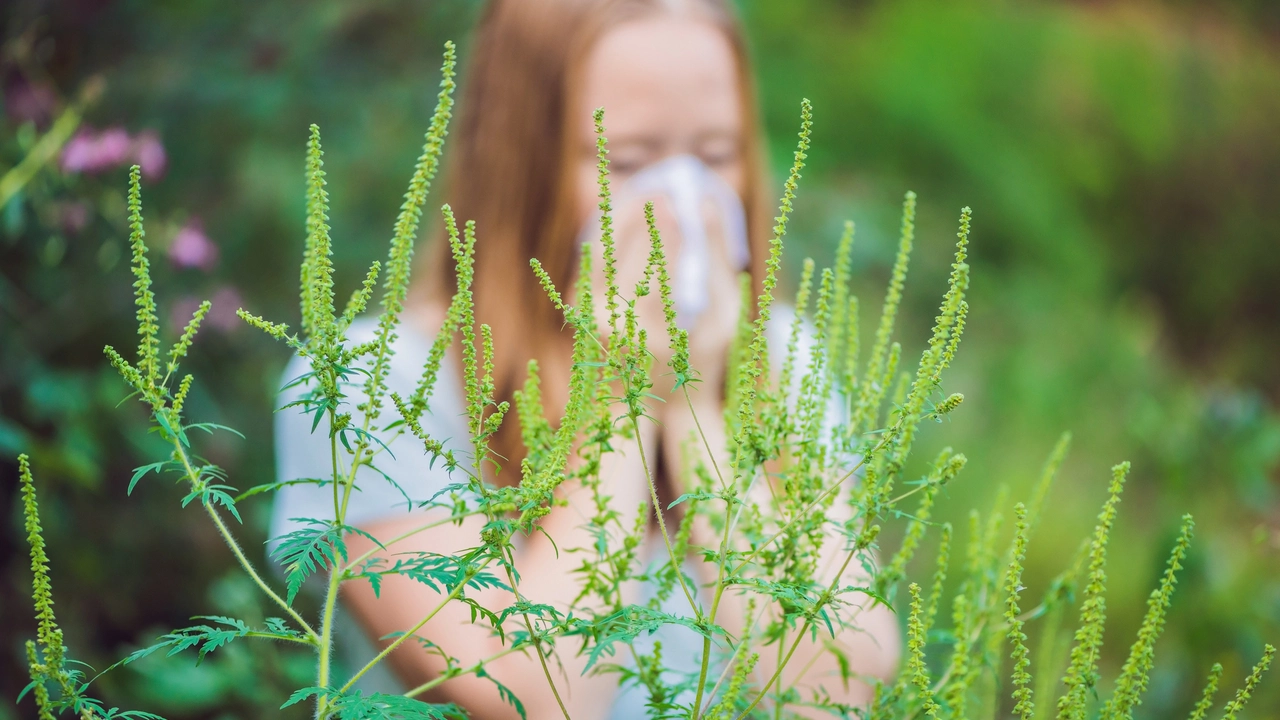Do you get sneezing fits when flowers bloom or your eyes itch in the fall? Those are classic seasonal allergy symptoms. Seasonal allergies, often called hay fever or allergic rhinitis, show up when your immune system reacts to pollen, mold spores, or other outdoor triggers. Knowing the common signs helps you act fast and feel better.
Typical symptoms include sneezing, runny or blocked nose, itchy or watery eyes, and a scratchy throat. You might also have sinus pressure, headaches, or tiredness from poor sleep. Symptoms usually start when pollen levels rise and fade when exposure drops. If symptoms happen year after year at the same time, that timing is a strong clue it's seasonal.
Colds and allergies share symptoms, but there are clear differences. Allergies rarely cause fever, while colds can. Allergy symptoms often include itchy eyes and nose, which colds normally don’t. Colds tend to appear with sore throat first and shift over several days; allergies start with immediate itching and sneezing after exposure. If symptoms last weeks or return every season, think allergies.
Start with easy changes: check pollen counts and stay inside on high days, keep windows closed, and run a HEPA filter or air conditioning. Shower and change clothes after being outdoors to remove pollen. For mild symptoms, over-the-counter antihistamines (like loratadine or cetirizine) and saline nasal rinses can work well. If nasal congestion is strong, a short course of nasal steroid sprays reduces inflammation and usually helps sleep.
If over-the-counter meds don’t cut it, see a doctor or allergist. They can test what triggers you and suggest targeted treatments, including prescription sprays, immunotherapy (allergy shots or sublingual drops), or advice on combining medicines safely. Tell your provider if you have asthma, since allergies often make asthma worse.
Watch for warning signs that need urgent care: wheezing, trouble breathing, swelling of the face or throat, or severe dizziness. Those can signal a serious reaction and require immediate medical help.
Small lifestyle tweaks add up. Cutting back on outdoor exercise during peak pollen hours, drying laundry inside, and using a doormat to trap pollen on shoes all reduce exposure. Keep pets groomed if they bring pollen indoors.
With the right approach—smart avoidance, simple meds, and a plan with your clinician—you can cut the days lost to sneezing and itchy eyes. Start by tracking when symptoms hit, try one or two avoidance steps, and move to medication or testing if you still feel stuck.
If you take medicines regularly, time them right: antihistamines work best before symptoms peak, and nasal steroids need a few days to reach full effect. Parents should check age guidance before giving meds to kids. Pregnant people should consult their doctor before starting new treatments. Allergy testing helps match treatment to the trigger and can reduce guesswork. Keeping a symptom diary with dates and activities makes discussions with your clinician faster and more useful.

Hey there, green thumbs! In the wild world of gardening, there's a super squad of plants that not only add splash and spark to your backyard, but they also kick those pesky seasonal allergies to the curb! Meet the low-pollen, high-appeal gang: hydrangeas, clematis, and begonias! These allergy-friendly powerhouses chuckle at the face of sneezes and itchy eyes, and they're also a spectacle to behold. So, if you're a fan of clear sinuses and stellar gardens, these plants are your new best buds - literally!